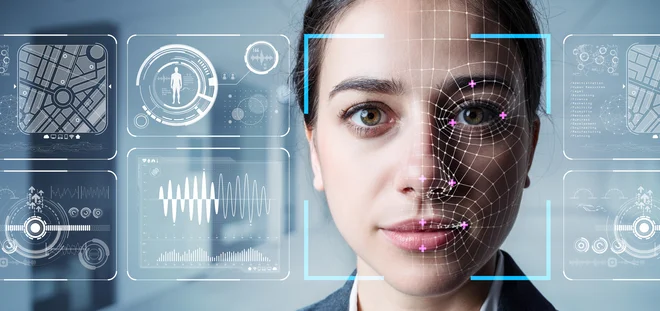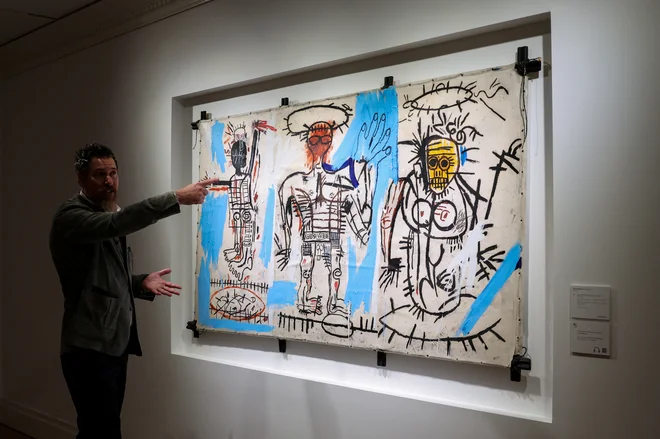Model UI that tells you how much you really are old

Chronological and biological age are mostly not exactly the same. There are different methods of evaluating biological age, and researchers have now developed Facegas, an artificial intelligence tool that calculates a person’s biological age based on a photo of his face. In addition, the results of the tool were also linked to cancer health information, thus determining the survival period.
The tool developed by the Mass General Brigham Medical Institute experts act in a simple and inexpensive way: analyzes face photographs and predicts a biological age from characteristics that reflects the actual condition of the body due to genetics, lifestyle, environment and health. The model, among other things, analyzes skin texture, muscle tone on the face and eye shape, detecting signs of aging, invisible to the naked eye, and then translating all these samples into a number. Estimated biological age can be an important factor in decisions for therapy, researchers said, but this is a subjective assessment of a doctor, the tool is now adding a piece of objectivity.
The model is, as they published in a study in magazine Lancet Digital Healthwith data with more than 58,000 allegedly healthy individuals, 60 years of age or more. Clinical utility was then evaluated based on data from more than 6,000 cancer patients from the Netherlands and the US. The results of the model were checked with reference data from more than 500 healthy individuals, and they also checked the model forecasts of the model with other statistical methods, which are otherwise used to analyze cancer patients. According to the study, the model of the model was also assessed in patients with metastatic cancer receiving palliative care. A genetic analysis was also performed to evaluate the effectiveness of the model in the assessment of cellular aging.
Estimated biological age can be an important factor in therapy decisions.
The study found that the Facege tool is better evaluated by how we grow old than counting years after our birth, while at the same time better than doctors predicting survival in patients with cancer. In the study, cancer patients appeared to see, on average, almost five years older than their chronological age. This age difference on the face was also associated with worse survival forecasts. The tool was used on groups of patients treated, especially radiotherapy, patients with chest cancer and cancer patients in advanced stage. « Artificial intelligence can be used to evaluate human biological age based on face images and our study shows that information can be clinically relevant, » said the study co -author Hugo Aerts. « Our work proves that simple Samek can contain important information that could help with clinical decision -making and care plans for patients, » he added. For example: a vital 75-year-old is 60 years old, and on the other hand, a weak 60-year-old is 70 years old. Aggressive treatment might be more appropriate for the first. The same could be made for heart surgery, hip replacement, or care at the end of life.
Ethical dilemmas
Researchers believe that Faceage tools could help physicians make more objective treatment choices, especially in the treatment of cancer, where the risks and benefits of a particular therapy should be carefully considered. It could also support personalized medicine. However, the tool requires further validation in more diverse populations before it can be widely accepted in clinical practice. It is not clear for now whether the model works equally good for the faces of different races, age groups and gender, and how plastic surgeries and the quality of portrait photography could be influenced by the results. In addition, such tools arouse ethical concerns. Researchers point to any abuse of insurance companies and employers in deciding on individuals.







